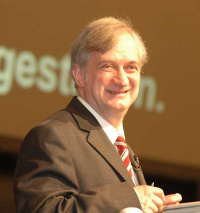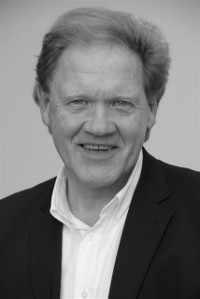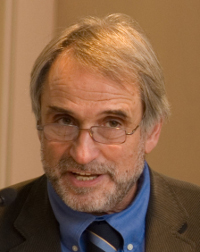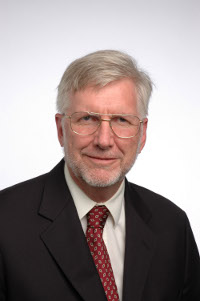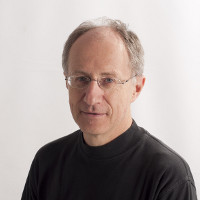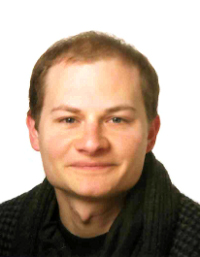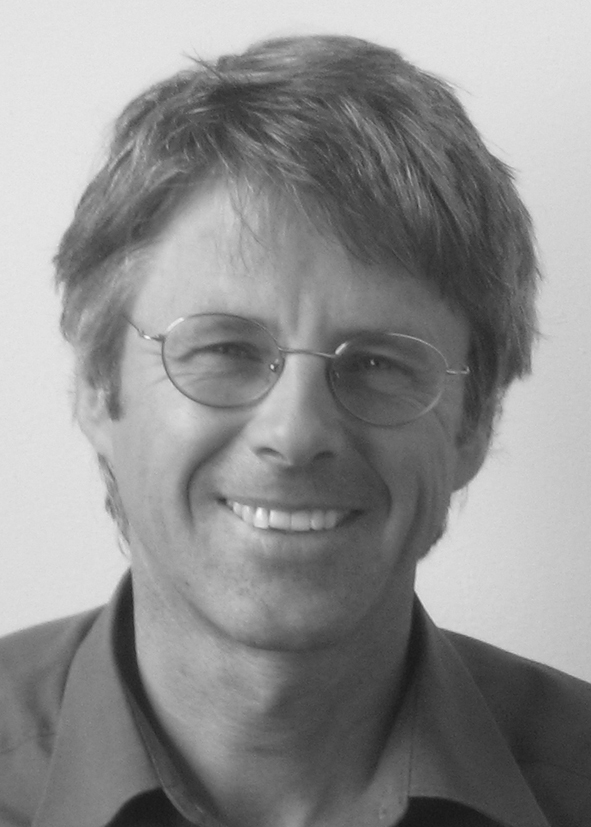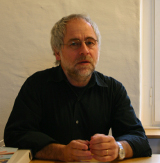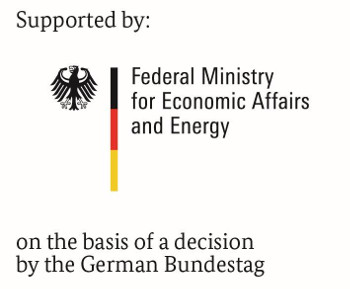Mark Elton joined Sustainable By Design LLP as a Partner in May 2013, bringing with him over 18 years of experience in low energy architecture. Having worked on projects across the UK, his interest in sustainable design stems from a combined architectural and engineering education at the Universitys of Bath and Plymouth. A Certified Passivhaus Designer since 2011, Mark has also has the distinction of being a Founder member of the UK’s Passivhaus Trust. His recent Passivhaus experience includes:
- Chi Difreyth (Cornish for Passivhaus), one of the selected terraced house designs for the Clay Country Eco Town,
- RockShell housing, developing details for a pre-fabricated Passivhaus building system
- Parkview Hub, mixed use residential and community retrofit to the EnerPHit standard
- Wilmcote House, the largest EnerPHit retrofit on the drawing board in the UK
Mark has been an active member of the Royal Insititute of British Architects (RIBA)’s Sustainable Futures Committee for over four years and currently represents the RIBA on the CIBSE Homes for the Future committee and the BRE’s National Refurbishment Centre initiative. He writes and speaks regularly on sustainable design and has been selected as one of the UK’s top 10 most influential sustainable architects on Twitter. Mark believes that the deep understanding of building physics and detailing rigour coupled with an extensive knowledge of building materials and their environmental impacts can help us avoid the tick box approach to ‘green’ design all too commonly passed off as sustainability.



